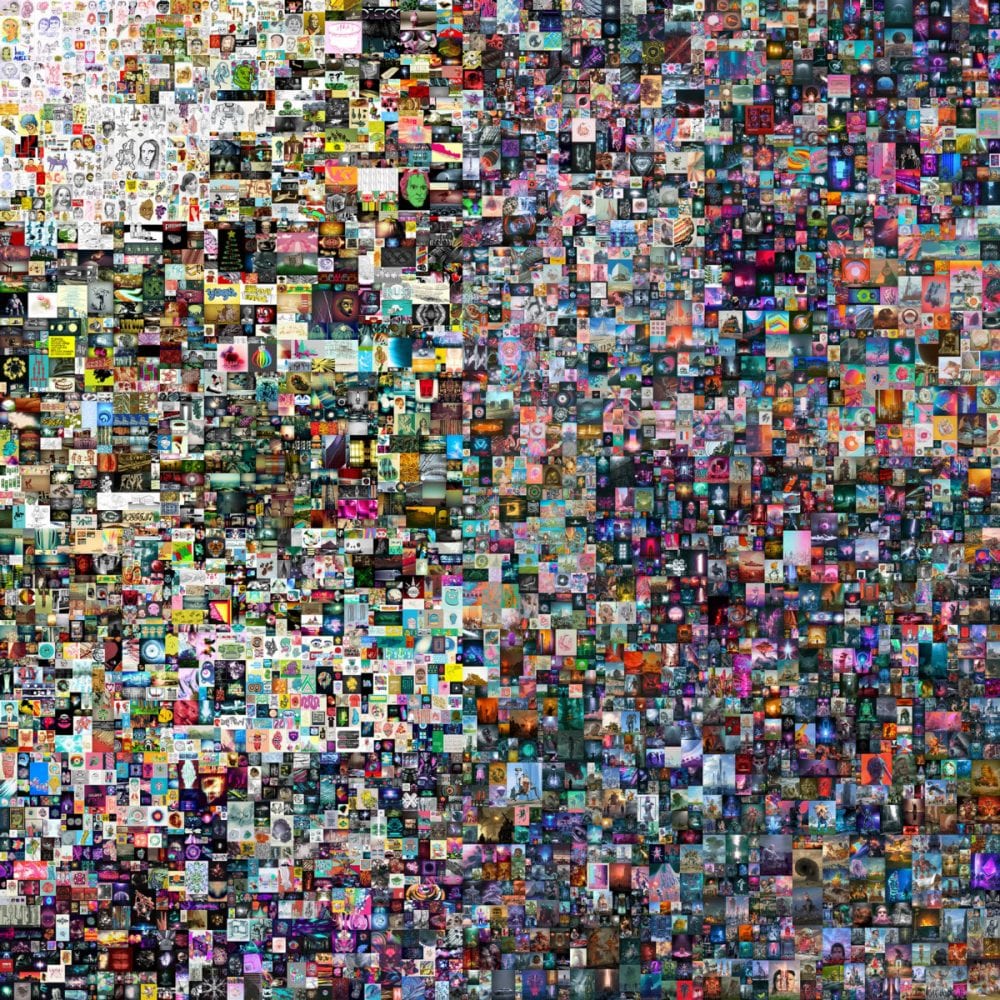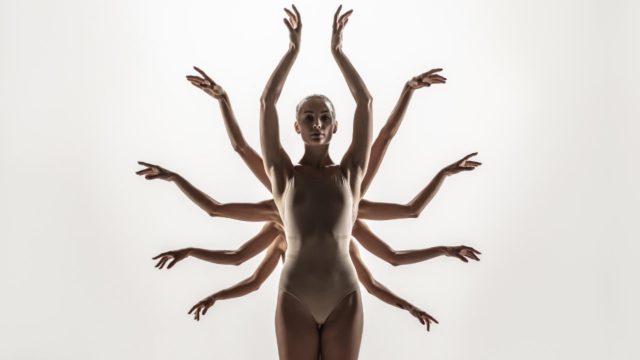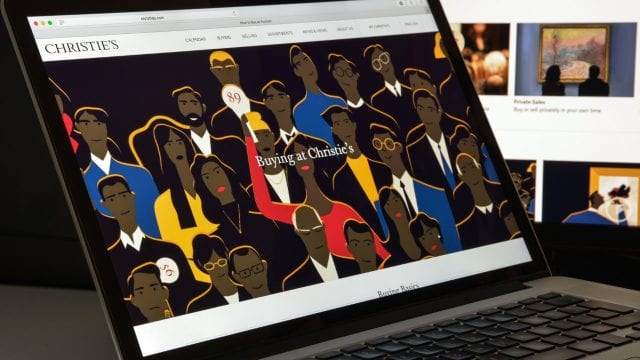ilikeyellow
A Convergence of Two Worlds: NFTs and the Future of Art

Cryptocurrency is one of those far-flung concepts that we hear about, but still don’t really understand. After all, we are deeply embedded in a place of creative tradition – art has a raw simplicity to it, it’s an exploration of the self and everything that touches us as human beings.
However, as the art world starts to spin towards a more foreign realm of digitisation, it’s time to accept that this is something that the industry needs to grasp with two hands, because this mind-blowing technology is already happening.
In March this year, an obscure American graphic designer called Mike Winkleman, also known as Beeple, sold the third highest auction price of any living artist at auction after Jeff Koons and David Hockney, by selling a digital artwork JPG file for $69.3 million at Christie’s.
And it sent the art world spinning on its axis.
Beeple’s work, titled “Everydays — The First 5000 Days”, is a collage of images that he has posted online each day since 2007. The artist, who has collaborated with high profile brands and celebrities such as Louis Vuitton, Justin Bieber and Katy Perry, uses digital software to create an irreverent visual commentary on contemporary life.

Everydays – The First 5000 Days
©Beeple
‘Everydays’ was paid for in cryptocurrency Ethereum by two pseudonymous buyers, Metakovan and Twobadour, making Christie’s not only the first major auction house to offer a purely digital NFT, but also the first to accept cryptocurrency as payment.
The collaged JPG was made, or ‘minted,’ in February as an NFT – a ‘nonfungible token’ – and this is where it gets very futuristic. NFTs are a type of cryptocurrency that enable ‘one-of-a-kind’ assets in the digital world to be bought and sold like any other material object, but without any tangible form of their own. The digital tokens are often represented by certificates of ownership and are typically fuelled by digital art and collectables.
An NFT provides proof of the artist’s authorship of a specific work, carrying encryption of their signature, and contains a smart contract that usually includes a royalty payment of 10% of the resale value to the artist whenever the work is traded.
It must be acknowledged, though, that artworks and NFTs are actually separate entities. Digital artworks are usually generated on a marketplace designed specifically for digital creators, after which an NFT is issued. While the artworks are traded on that marketplace, their NFTs are registered on a blockchain, usually Ethereum, a secure public ledger.
Is this the beginning of a digital revolution for the art world?
In short, yes. It’s only just getting started. Since cryptocurrencies have started to boom, the value of crypto-traded NFTs has also soared, setting prices that are out of kilter with the rest of the art market.
A seemingly absurd concept, digital art has long been undervalued, in large part because it’s freely available for everyone to find, browse and enjoy. But NFTs are helping to create financial value for artists work by adding the crucial ingredient of scarcity.
Damien Hirst, known for his controversial work, has similarly been exploring the crypto-craze and has embarked on an ambitious project called “The Currency”. He plans to sell 10,000 artworks originally created on paper by attaching them to NFTs and a related cryptocurrency.
Hirst also hit the headlines this year when his cherry blossoms prints went up for sale at the end of February. The eight prints, titled after one of the eight virtues of Bushidō, the code of the samurai, were published with Heni Leviathan. Heni Leviathan announced that they would be accepting cryptocurrencies (Bitcoin and Ether) as well as credit or debit card payments and offered storage of purchased prints in the HENI vault.

Politeness
©Damien Hirst / Hani Leviathan
Available to buy for six days only, the uptake was phenomenally successful. Hirst racked up $22.4 million by selling 7,481 prints at $3,000 each to about 4,000 buyers in 67 countries.
The transformative movement of traditional art into the digital realm is creating a seamless convergence of two worlds. It is largely being driven by digital natives who typically don’t possess much art knowledge. Christie’s website had 22 million visitors during the final hours of Beeple’s sale, and 91% of those were new to the auction house.
It remains to be seen just how far NFTs will carve a niche into the art world. Although there is naturally a great degree of uncertainty around an unregulated, decentralised environment, it also offers an opportunity to globalise art and make it more widely accessible to marginalised groups. As the world shifts with evolving technologies, it is only logical that the creative world follows.




